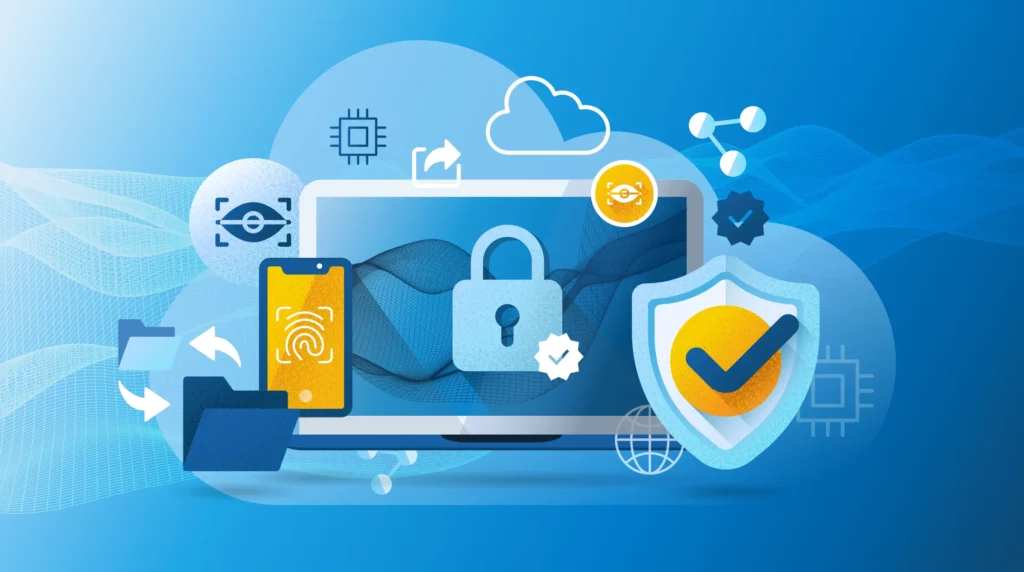Cybersecurity is a major issue for businesses and organizations today. With rapidly evolving technology and ever-increasing cyber threats, it’s crucial to keep abreast of the key cybersecurity trends to watch out for. In this article, we’ll review the current cybersecurity threats and challenges facing businesses.
1.Ransomware attacks: Ransomware attacks continue to rank among the top cybersecurity threats. Ransomware is malicious software that encrypts a victim’s data and demands a ransom to unlock it. These attacks can cause significant financial and operational damage to businesses and organizations.
2.AI-based attacks: Cybercriminals are increasingly using artificial intelligence (AI) to carry out sophisticated attacks. This includes using AI to create more realistic phishing attacks, automate brute-force attacks and bypass traditional security measures.
3.Attacks targeting connected objects: With the proliferation of connected objects in our daily lives, cybercriminals are increasingly exploiting the vulnerabilities of these devices to carry out attacks. This can include attacks on smart home appliances, industrial security systems and other IoT devices.
4.Internal threats: Internal threats, whether intentional or accidental, are a growing cybersecurity challenge. These can include malicious employees stealing sensitive data, careless employees accidentally compromising security, or third parties gaining access to company systems.
5.Personal data protection: The protection of personal data has become a major issue with the adoption of strict regulations such as the European Union’s General Data Protection Regulation (GDPR). Organizations must ensure that their customers’ and users’ sensitive data is protected, and that they comply with current regulations.
6.Application and cloud security: Applications and the cloud have become essential elements of the modern IT infrastructure, but they are also vulnerable to attack. Securing applications, including mobile ones, and securing data stored in the cloud are complex challenges to effective cybersecurity.
7.Industrial cybersecurity: Industrial control systems and critical infrastructures, such as power plants, factories and water networks, are increasingly targeted by cyberattacks. The security of industrial control systems, which are often obsolete and lack appropriate security measures, is a major concern to ensure the continuity of industrial operations.
8.Cybersecurity awareness: User awareness is a key aspect of cybersecurity. Phishing attacks, social engineering and other user manipulation techniques remain effective in compromising an organization’s security. It is essential to train users in cybersecurity best practices, reinforce their vigilance and make them aware of potential threats.
9.Regulations and compliance: Cybersecurity regulations continue to evolve, and organizations must strive to comply with the laws and regulations in force in their industry. This can include specific requirements for data security, privacy protection, security incident reporting and other compliance measures.
10.The cybersecurity skills shortage: The lack of qualified cybersecurity professionals is a major challenge for many organizations. The growing demand for cybersecurity professionals outstrips supply, making it difficult for companies to build and maintain competent cybersecurity teams to deal with emerging threats.
Key cybersecurity trends to watch include ransomware attacks, AI-based attacks, attacks targeting connected objects, insider threats, personal data protection, application and cloud security, industrial cybersecurity, user awareness, regulation and compliance, and the cybersecurity skills shortage. It is essential for organizations to stay abreast of these trends and implement appropriate cybersecurity measures to protect their digital assets and prevent attacks.

